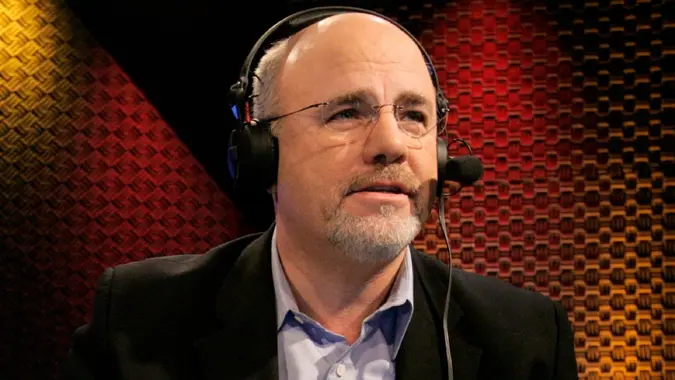Roth Conversions Are Rising Ahead of 2025 – What Are They, and Should You Consider One?

Commitment to Our Readers
GOBankingRates' editorial team is committed to bringing you unbiased reviews and information. We use data-driven methodologies to evaluate financial products and services - our reviews and ratings are not influenced by advertisers. You can read more about our editorial guidelines and our products and services review methodology.

20 Years
Helping You Live Richer

Reviewed
by Experts

Trusted by
Millions of Readers
With the end of the year approaching, many Americans are considering a Roth IRA conversion to take advantage of certain tax benefits. Conversions during the 2024 second quarter rose 46% from the previous year, according to Fidelity data cited by CNBC.
Many investors are hustling to make the conversion now because the current favorable tax rates are scheduled to sunset after 2025 unless lawmakers extend the rates.
Taxes play a major role in Roth IRA conversions, which involve transferring funds from a traditional IRA or 401(k) into a Roth IRA.
With a Roth IRA, you pay taxes on your contributions but you don’t have to pay taxes on withdrawals. Traditional IRAs are the opposite — contributions are tax-free but you will have to pay taxes on withdrawals. The end of the year is when you typically see a lot of conversions because it’s easier to figure out the potential tax consequences, experts say.
That’s certainly happening this year, according to a spokesperson for Boldin, a financial planning platform. Google searches for “Roth conversion calculator” are at a five-year high. And Boldin itself has seen a “dramatic increase” in engagements on its Roth Conversion Explorer platform, which is designed to let users understand the tax implications of a Roth conversion in 2024 and run scenarios with different conversion goals in mind.
The platform saw 128% growth from October 2023 to October 2024. During the past three months alone there has been a 22% increase in Roth Conversion Explorer activity.
In addition to the tax advantages, another benefit of a Roth IRA is that you won’t face required minimum distributions when you reach your early 70s. With a traditional IRA, you must start taking withdrawals when you reach age 72 (or 73 if you reach age 72 after Dec. 31, 2022), according to the IRS.
But there are some potential downsides to converting to a Roth IRA if you don’t have the right strategy. Some experts say you can minimize the tax hit that comes with a conversion by spreading it out over many years rather than converting the full amount in a single year.
In addition, the IRS generally requires any conversion to have occurred at least five years before you access the money or you’ll be hit with a 10% early withdrawal penalty, according to a blog post from Fidelity Investments.
To convert a traditional IRA or 401(k) to a Roth IRA you need to take these three basic steps, suggested by Fidelity:
- Open a Roth IRA account. If you already have a Roth IRA, you can use that account to hold the converted account.
- Contact your plan administrators. Fidelity recommends reaching out to both the new and old financial institutions to find out what they need to make the conversion to the new account.
- Submit the required paperwork. During this step, be sure to state which assets are being converted.
“If you manage your own funds, you should be able to find steps to do a Roth conversion on your investment platform’s site,” Kerry Keihn, a financial advisor and partner at Earth Equity Advisors told Fidelity. Each institution has a slightly different process or forms.
 Written by
Written by  Edited by
Edited by 

























